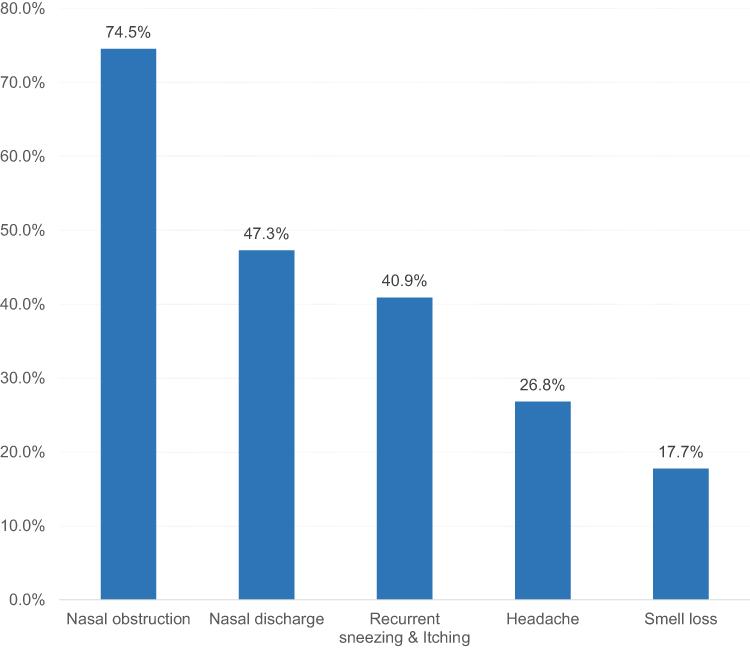Chen N, Xie QM, Song SM, Guo SN, Fang Y, Fei GH, Wu HM. Int Immunopharmacol. 2024 Mar 8;131:111791. doi: 10.1016/j.intimp.2024.111791.
Abstract
Purpose
Asthma can not be eradicated till now and its control primarily relies on the application of corticosteroids. Recently, glycolytic reprogramming has been reportedly contributed to asthma, this study aimed to reveal whether the effect of corticosteroids on asthma control is related to their regulation of glycolysis and glycolysis-dependent protein lactylation.
Methods
Ovalbumin (OVA) aeroallergen was used to challenge mice and stimulate human macrophage cell line THP-1 following dexamethasone (DEX) treatment. Airway hyperresponsiveness, airway inflammation, the expressions of key glycolytic enzymes and pyroptosis markers, the level of lactic acid, real-time glycolysis and oxidative phosphorylation (OXPHOS), and protein lactylation were analyzed.
Results
DEX significantly attenuated OVA-induced eosinophilic airway inflammation, including airway hyperresponsiveness, leukocyte infiltration, goblet cell hyperplasia, Th2 cytokines production and pyroptosis markers expression. Meanwhile, OVA-induced Hif-1α-glycolysis axis was substantially downregulated by DEX, which resulted in low level of lactic acid. Besides, key glycolytic enzymes in the lungs of asthmatic mice were notably co-localized with F4/80-positive macrophages, indicating metabolic shift to glycolysis in lung macrophages during asthma.











